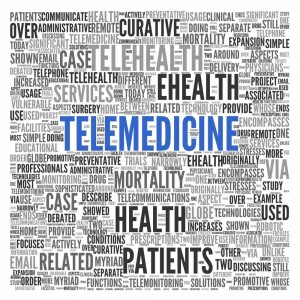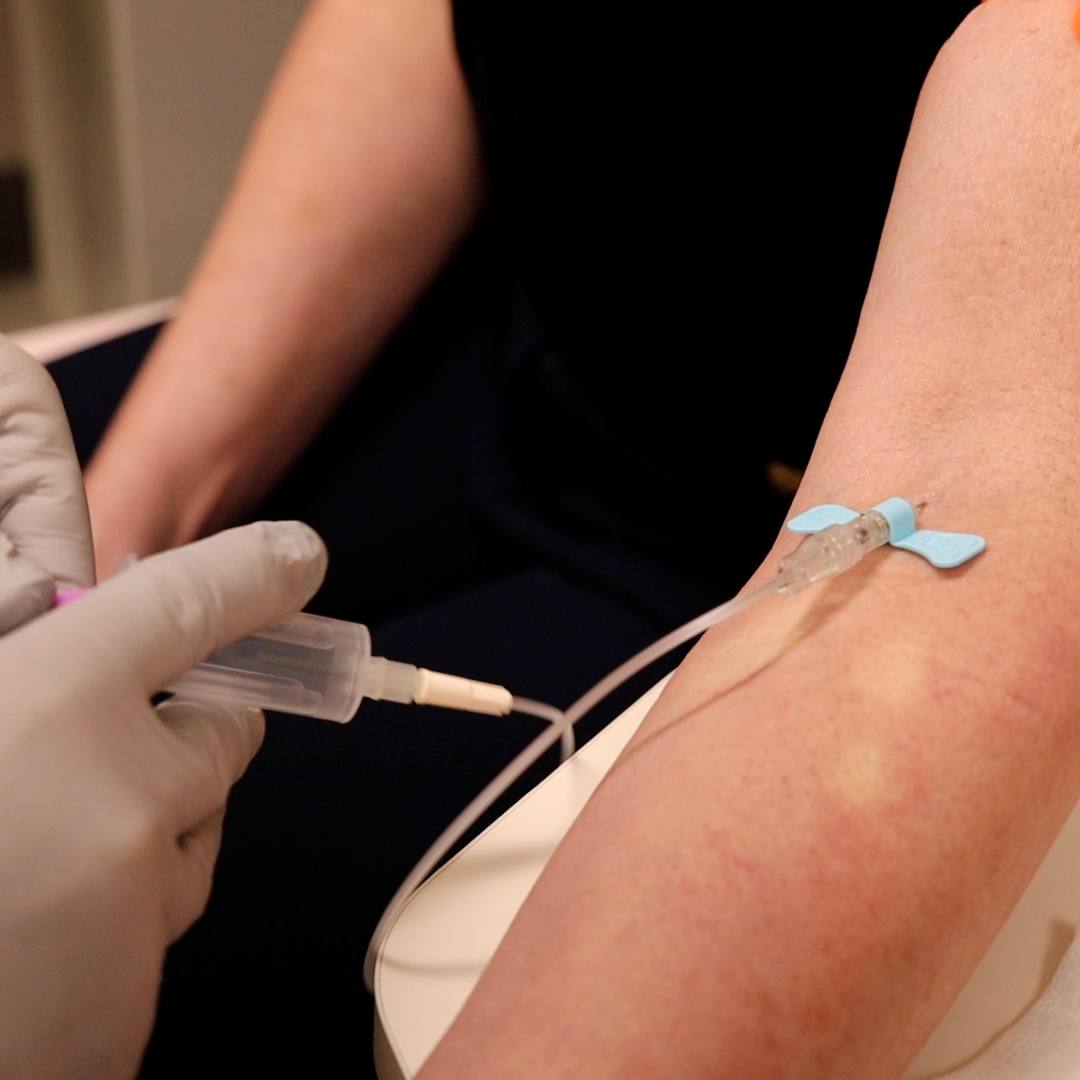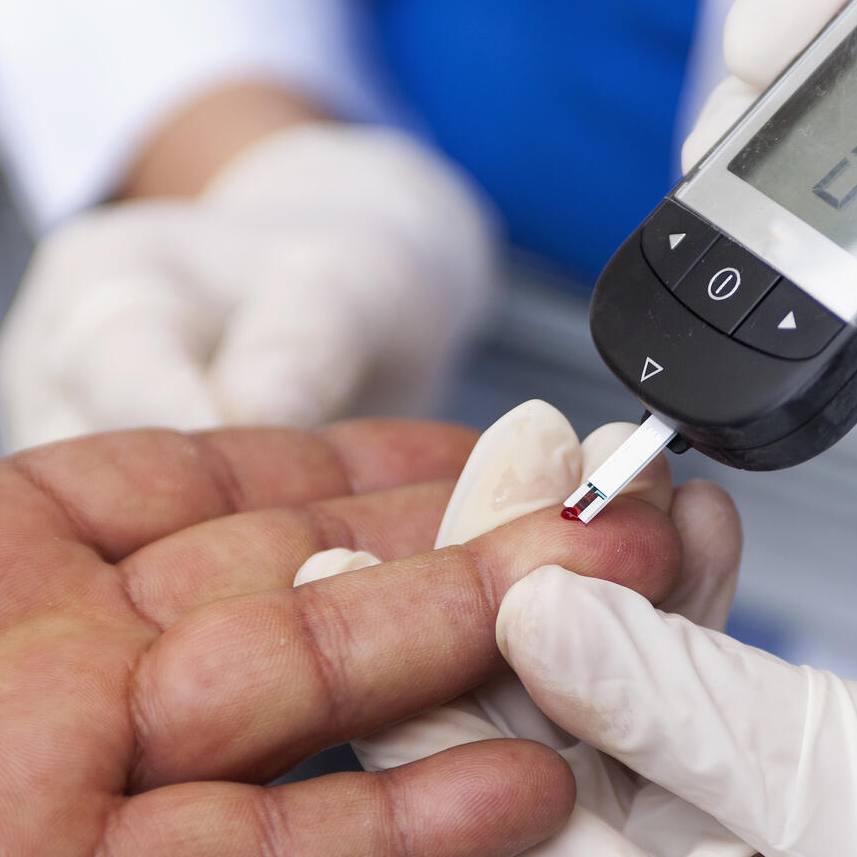TUBA CITY, Ariz. — September 24, 2012. Residents of the largest city in the Navajo Nation in need of emergency medical care for a stroke may benefit from a Mayo Clinic "telestroke" program that will now be available at Tuba City Regional Health Care.

A recent agreement between Tuba City Regional Health Care and Mayo Clinic in Arizona means the service will start in Tuba City as early as November. Tuba City is located in north central Arizona within the Painted Desert. Most of the area's population belong to the Navajo and Hopi tribes.
"This telestroke partnership between our physicians and Mayo Clinic means our Navajo and Hopi patients can now have immediate high-tech, state of the art stroke care," said Joseph Engelken, CEO of Tuba City Regional Health Care.
Mayo Clinic was the first medical center in Arizona to do pioneering clinical research to study telemedicine as a means of serving patients with stroke in non-urban settings, and today serves as the "hub" in a network of 11 other "spoke" centers, all but one in Arizona. Tuba City Regional Health Care will become the 12th hospital to be part of the telestroke service from Mayo Clinic.
When Mayo Clinic began its stroke telemedicine program in 2005, statistics revealed that 40 percent of residents in Arizona lived outside an area with immediate stroke expertise. In telestroke care, the use of a telestroke computers located in a rural hospital lets a stroke patient be seen in real time by a neurology specialist at Mayo Clinic located in Phoenix. The Mayo stroke neurologist, whose face appears on a computer screen, consults with emergency room physicians at the rural sites and evaluates the patient.
Patients showing signs of stroke can be examined by the neurologist via computer, smart phone technology, portable tablets or laptops. In addition to assessment of the patient, the neurologist can view scans of the patient's brain to detect possible damage from a hemorrhage or blocked artery.
A major benefit of the collaboration is that patients with stroke symptoms who meet the criteria can often be administered clot-busting medications within the narrow window of time necessary to minimize permanent injury to the brain.
"Excellent, capable emergency physicians at Tuba City Regional Health Care can ring the telestroke hotline and be instantly connected with Mayo Clinic's stroke experts," said Bart Demaerschalk, M.D., Professor of Neurology, and medical director of Mayo Clinic Telestroke. "Urgent and immediate virtual care can be provided to patients — collaboration between stroke neurologists and physicians at the remote sites has resulted in 96 percent accuracy in diagnosing stroke."
"Telestroke will enhance the quality of care we provide to our loved ones, by providing them with access to specialists without having to leave their family or home," said Joette Walters, Clinical Education Department Manager who oversees the Telemedicine Program at Tuba City Regional Health Care. "Stoke can be a devastating and life-altering diagnosis, where optimal treatment is contingent on a narrow timeframe, by providing this new service we have the potential to improve quality of life for our loved ones."
To date, more than 1,000 emergency consultations for stroke between Mayo Clinic stroke neurologists and physicians at the spoke centers have taken place. Such comprehensive evaluation techniques, leading to appropriate life-saving treatment for stroke, have resulted in significant cost reductions in terms of ground and air ambulance transfer of the patient to another medical center.
Dr. Demaerschalk explains that telestroke technology is not intended to replace face-to-face communication with patients.
"But our research strongly suggests that the technology can enhance evaluation and treatment for patients in rural areas, as well as peer-to-peer collaboration among physicians," he says.
It is estimated that more than 45 percent of Americans live more than 60 minutes away from a primary stroke center. If a stroke has occurred, "every minute is precious," notes Dr. Demaerschalk.
"This partnership with Mayo Clinic represents one of many collaborations to bring the highest quality of care, that will result in the best possible outcomes for our patients," said Lynette Bonar, RN, MBA, Chief Operating Officer and Associate Executive Officer of Tuba City Regional Health Care.
Additionally, in this first-of-its-kind U.S. health economic analysis, researchers have found that telestroke care appears to be cost-effective for rural hospitals that don't have an around-the-clock neurologist, or stroke expert, on staff. The research is published in the September 14, 2011, issue of Neurology, the medical journal of the American Academy of Neurology.
The Mayo Clinic Telestroke Network also includes Arizona hospitals in Kingman, Flagstaff, Parker, Cottonwood, Show Low, Globe, Yuma, Bisbee, Casa Grande and Phoenix and a hospital in St. Joseph, MO.
About Tuba City Regional Health Care
The Tuba City Regional Health Care Corporation consists of a 73-bed acute care referral hospital and integrated health system. It provides a broad range of outpatient specialized care services in addition to inpatient care. The patient population includes Navajo, Hopi, San Juan Southern Paiute.
###
About Mayo Clinic:
Recognizing 150 years of serving humanity in 2014, Mayo Clinic is a nonprofit worldwide leader in medical care, research and education for people from all walks of life. For more information, visit 150years.mayoclinic.org, www.mayoclinic.org and newsnetwork.mayoclinic.org.
Media Contact: Jim McVeigh, Public Affairs, 480-301-4222
Aurelia Yazzie, Tuba City Regional Health Care, 928-283-2993
Related Articles








